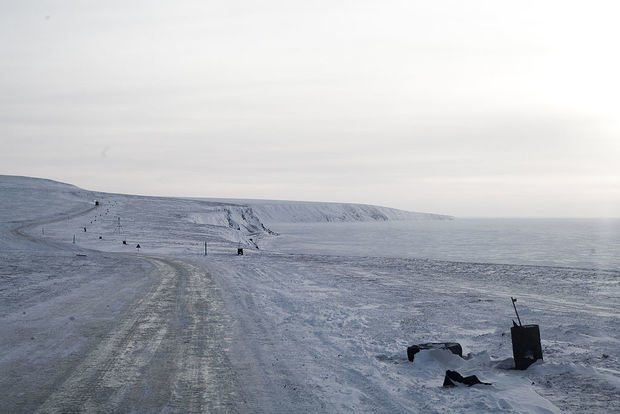Siberia’s mining potential grows due to global warming
Russia's Siberian region, which is rich in coal, gold and many other minerals, remains relatively unexploited, as its challenging landscape and harsh weather conditions hamper the exploration. However, melting ice and permafrost are potentially easing the mining process, so the situation is likely to change.
As the Siberian land becomes more accessible because of global warming, it seems that we'll see a greater influx of mining operations in the region, assumes mining-technology.com. According to Globaldata's analyst Alok Shukla, there were over 220 operating mines in Siberia in 2017, which was 44% higher than the total number of mines in 2000. ''Siberia has a lot of mining potential,'' says the expert. ''There are over 25 mineral deposits currently having a life of over 20 years and 30 deposits having a life of over 30 years; [there are] approximately 10 deposits that can produce for another 40 years and three deposits having a life extending for another 70 years.''
However, the exploration is hindered by some of the harshest conditions in the world. Kupol gold mine in the Chukotka region exploited by Canadian company Kinross is only accessible by air for most of the year. All of the supplies for the year for its 1,000 workers are transported between November and April when a 220-mile ice road is opened. The isolation makes Siberian mines hard places to live and work, so a lack of local workforce must be taken into account. Thus, modern mines like Kupol provide a range of facilities such as gyms, cafés and libraries. Workers usually stay on site for two months and then have two months off.
Although Siberia is one of the coldest places on earth, global warming has already begun to affect the northern landscape. Less snow and ice in areas such as Siberia is potentially easing aspects such as transport, extraction and recruitment like it happens in the oil and gas industry, where the melting of Arctic ice has opened areas previously inaccessible or too treacherous for operations.
Nonetheless, even amid more favourable warming conditions, companies operating in Siberia must still find export markets. Although gold, diamonds and iron remain relatively strong, the existing sanctions against Russia have the potential to dampen mining prospects in Siberia making investors and foreign companies hesitant to participate in the region's exploration. Meanwhile, the mining sector is the second biggest contributor to Russia's GDP. The country is responsible for 7% of global aluminium production, and most of it takes place in Siberia. It is also home to Russia's largest coal mine and the majority of the country's known gold reserves. ''Exploiting the region for new deposits and advancing potential deposits towards production will be a beneficial scenario for the Russian economy in the years to come,'' Shukla considers.
 Winter road between Kupol gold mine and city of Pevek in Chukotka. Photo: Btibbets
Winter road between Kupol gold mine and city of Pevek in Chukotka. Photo: Btibbets